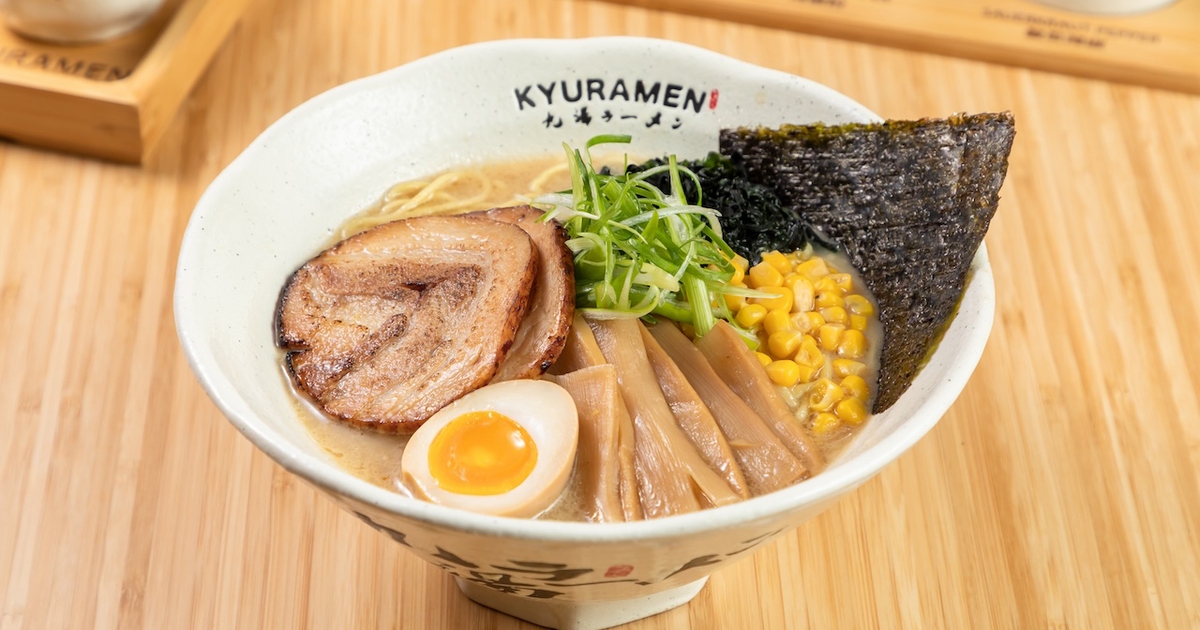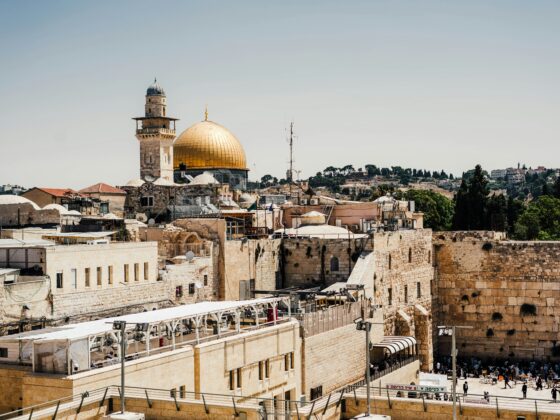
If you’ve noticed an uptick in ramen shops across the country, you would be right. The trend of this Japanese noodle soup continues to grow, and one place where it’s becoming more common is in casinos.
Overall the popularity of ramen shops has risen in the United States, both because of cultural shifts, the ease of selling noodle soups in restaurants, and the growth in the popularity fast-casual concepts where ramen can thrive. According to industry research company IBISWorld, since 2014 the trend has slowly crept up, save for a dip during the pandemic. Now ramen joints bring in over a $1 billion each year.
“It’s comforting, customizable, and fits a lot of different tastes,” Steven Wong and Howard Wu of the Kyuramen location in Huntington, N.Y., said in an email. “Plus, pop culture, like anime, and the rise of fast-casual dining have helped make ramen a trendy, go-to option for many.”
Kyuramen fits in as a larger chain and has spread across the county with 40 locations and counting. The first location launched in 2019 in the Queens neighborhood of Flushing, N.Y. Rakkan Ramen is another chain that’s growing. Started in 2011 as a four-seater ramen bar in Tokyo, it now has more than a dozen spots across the United States.
But where these ramen spots have built on the popularity of the dish to help their concepts grow, other businesses have embraced the noodles too. Especially casinos.
Popularity was the reason chef Alexander Lopez of Monarch Casino’s Twenty-Four 7 restaurant in Black Hawk, Colo., decided to include the dish last year. Because the Colorado eatery already had an Asian bent to the menu, he felt ramen was a logical step. The menu showcases three types of ramen, rich pork tonkotsu, the soy-sauce-based shoyu, and miso.
“Ramen has gained immense popularity in recent years and I wanted to cater to our guests’ growing interest in delicious and satisfying comfort foods,” Lopez said, adding the tonkotsu has been the most popular choice. “Ramen’s appeal as a comforting and satisfying dish resonates with many people.”
The chef added he has noticed many new ramen shops opening over the years. But while the idea remains consistent, he feels no two shops are the same, since chefs add their own twists to the dish. Aside from the easy-to-understand nuances of ramen, such as different types of protein and broth, he sees platforms such as Facebook and Instagram playing into the mainstream rise.
“Social media has influenced many to try it, and chefs, including myself, are experimenting with ramen by incorporating unique ingredients and flavors from other cuisines, which attracts a broader audience,” Lopez said.
Other casinos have added ramen to the menu too. For example, there’s a ramen stall in Proper Eats Food Hall inside Las Vegas’ MGM Resort. There’s the intimate Shogun Ramen inside Rio Las Vegas. At the Ameristar in Black Hawk, a unit of the Jinya Ramen Bar chain serves classic bowls of the soothing soup as well.
Aside from the bustle of casino life, chefs have started opening ramen joints around the United States in smaller markets too. In Rapid City, S.D., television personality and chef Justin Warner launched Bokujo Ramen a few years ago. Warner said he opened it because there was nothing like it in his small town.
While chains like Kyuramen have slowly branched out to less populated cities and states, the noodle soup is still more prevalent in the cities. But based on Warner’s success and the growing interest in the Japanese dish, larger ramen concepts also want to expand to smaller towns.
“It’s about making ramen accessible to everyone, whether they’re in a bustling city or a quieter community,” said the Kyuramen team. “By introducing ramen to these areas, we’re not just sharing great food, but also helping spread Asian culture and traditions. It’s an opportunity for people to try something new and connect with different flavors, no matter where they live.”







